With a wealth of affordable cuisine, hotels, and things to do, Vietnam is an excellent destination if you’re looking for value for money. Prepare for your first time in Vietnam by getting to know the local currency and payment systems, so you can enjoy your holiday here even more. Here’s a quick guide to money matters for travellers in Vietnam.
Vietnamese currency
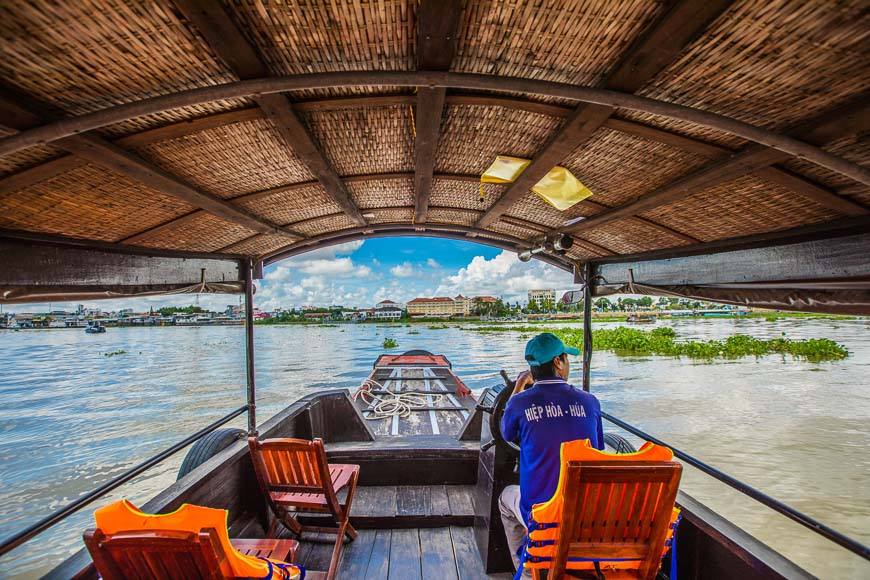
The official currency in Vietnam is the Vietnam đồng, symbolised by ₫ or VND. Vietnamese notes are a mix of small paper bills (no coins are used), and larger polymer bills, in values from 10,000 VND to 500,000 VND. If you’re confused by all the zeros, mentally remove three zeros to get a simpler number. To quickly convert from VND to USD, just remove three zeros and divide by 23.
TIP: The 20,000 VND bill and the 500,000 VND bill come in similar shades of blue -- double check before you pay.
Cash withdrawal and exchange
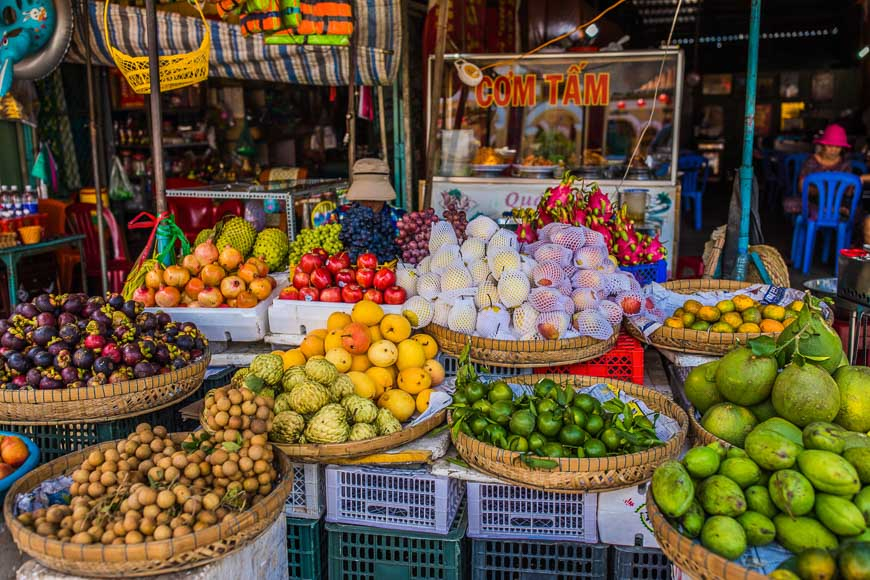
Upon arriving in Vietnam, you’ll want to have some cash in the local currency. You can find ATMs accepting international cards just outside the arrival gates at all major airports. ATMs are a common sight in Vietnamese cities, and you should have no trouble locating one in most destinations. International cards such as Visa are accepted at more than 20,000 ATMs nationwide. If you need help finding the nearest ATM, just ask your hotel. Withdrawal limits per transaction range between 2 million VND (just under 100 dollars) and 3 million VND with local bank ATMs; and between 5 million VND to 10 million VND with international bank ATMs.
You can also find currency exchange vendors inside Vietnam’s international airports just before the exit gates. Once you’re in your destination, you can usually exchange currency at your hotel, in tourist hotspots and at local banks.
TIP: It’s a good idea to withdraw some extra cash before travelling to remote destinations in Vietnam, especially if you want to buy crafts or textiles directly from local artisans.
Card payments in Vietnam
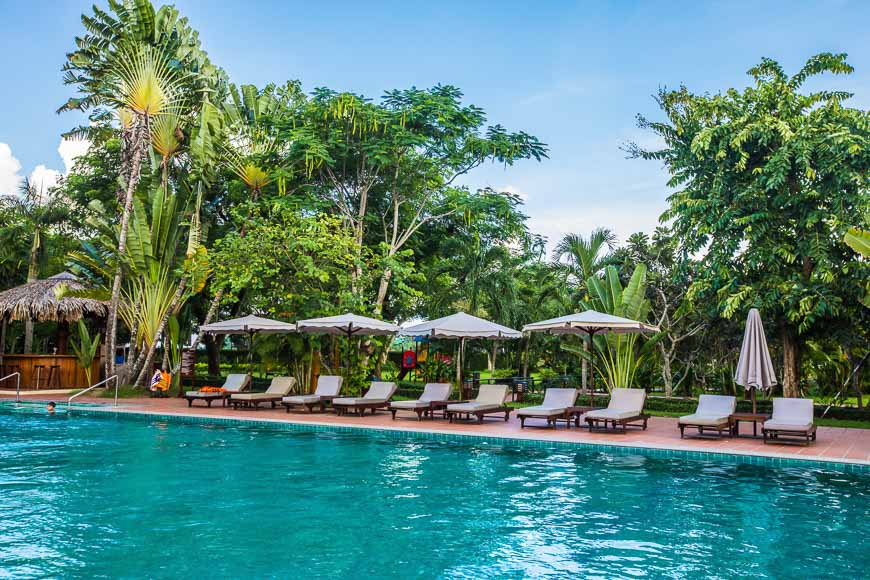
While cash is used for small purchases and street vendors in Vietnam, most establishments accept payments from major credit card providers such as Visa. Hotels, tour operators, boutiques, restaurants, grocery stores, and spas all generally accept international debit and credit cards. Conversion rates and swiping fees will be set by your card provider. With few exceptions, your larger travel expenses in Vietnam can be covered by card, on the spot or online in advance, reducing the need to carry and convert large sums of cash on the road.
Local prices
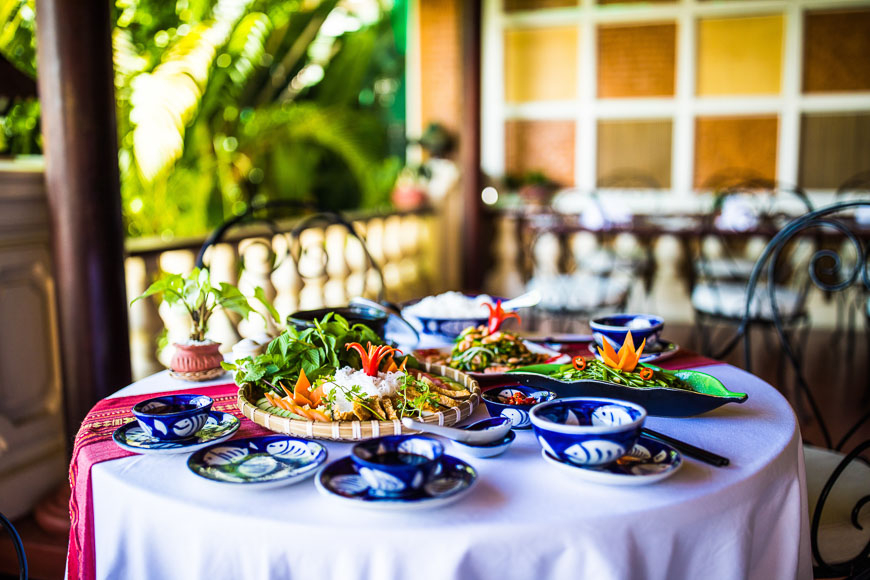
Wondering how much money to prepare for your trip in Vietnam? If you’re on a budget, eating street food and staying in homestays is a great way to go, and will still give you an enriching experience of Vietnam. If you’ve got a little more to spend, Vietnam’s mid-range hotels and local restaurants offer wonderful value and heartfelt service. And if you’re here to indulge, our five-star properties and private tours offer superb quality and unforgettable moments. See the list below for some average prices:
Sidewalk coffee - 25,000 VND (1 USD)
Street food meal with ice tea - 45,000 VND (2 USD)
Cappuccino in a cafe - 55,000 VND (2.50 USD)
Three-course restaurant meal - 450,000 (20 USD)/person
Inner city taxi - 35,000 to 100,000 VND (1.50 to 4 USD)
60-minute foot massage at local spa - 350,000 VND (15 USD)
Budget hostel - 300,000 VND (13 USD)/night
Mid-range hotel - 700,000 VND (30 USD)/night
Half-day group tour - 1 million VND (43 USD)
Luxury hotel - 3.5 million VND (150 USD)/night
Safety and security
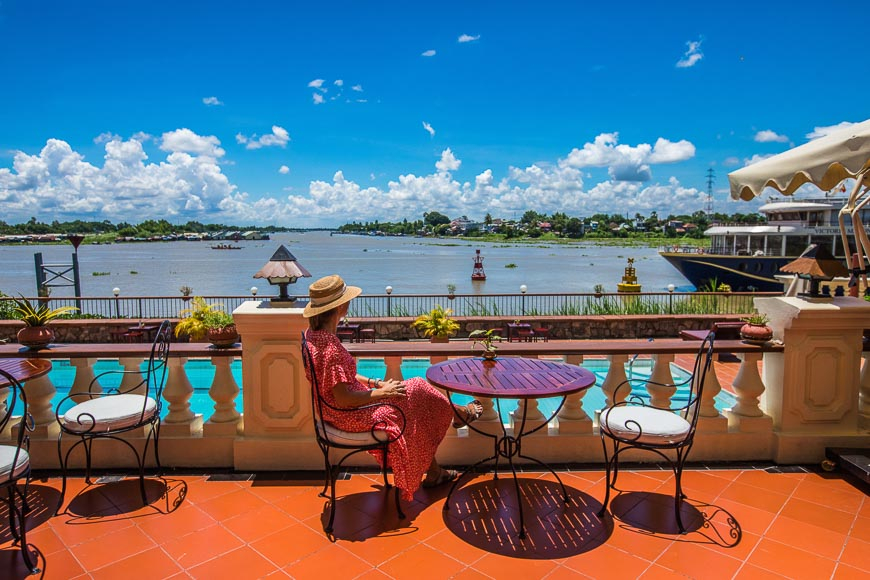
Vietnam is generally very safe for travellers, but use common sense to keep an eye on your money and avoid drawing attention to valuables while out in public. Use the hotel safe in your room to store cash, cards and valuable items when going out. Keep wallets and purses close to your person and take extra care when in crowded places. Cards with safety technology such as Visa’s 3D security system can help protect against loss or fraud, and lessen worries around the safety of your money.
TIP: Many businesses and taxi services in Vietnam now accept Visa contactless payments, done by tapping your card directly on a terminal. These payments add peace of mind and reduce health risks, as your card never leaves your hand.
Tipping etiquette
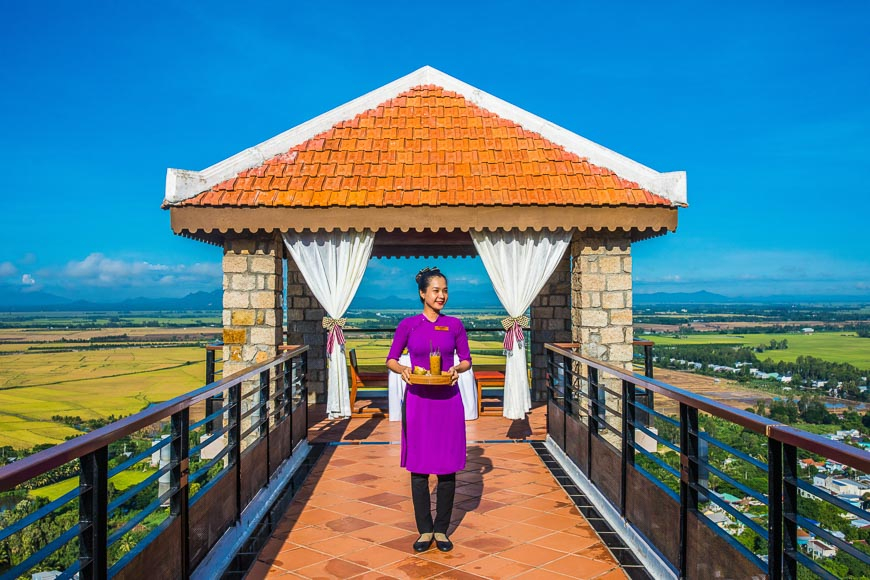
There’s no set rule about tipping in Vietnam as it’s not a normal part of Vietnamese culture. However tipping is increasingly common in some situations, such as in beauty salons and for private tour guides. Tipping in restaurants and cafes is not expected but always appreciated. When deciding how much to tip, considering that the cost for a local meal here is about 30,000 VND to 40,000 VND can help you decide the value of your tip to its recipient.
In casual shopping hubs and markets, bargaining is a common practice. If you’re shopping in an area that receives many tourists, you can usually get a price reduction through some gentle negotiation. Browse and inquire with a few shops or vendors to get a general idea of the price before you settle.




